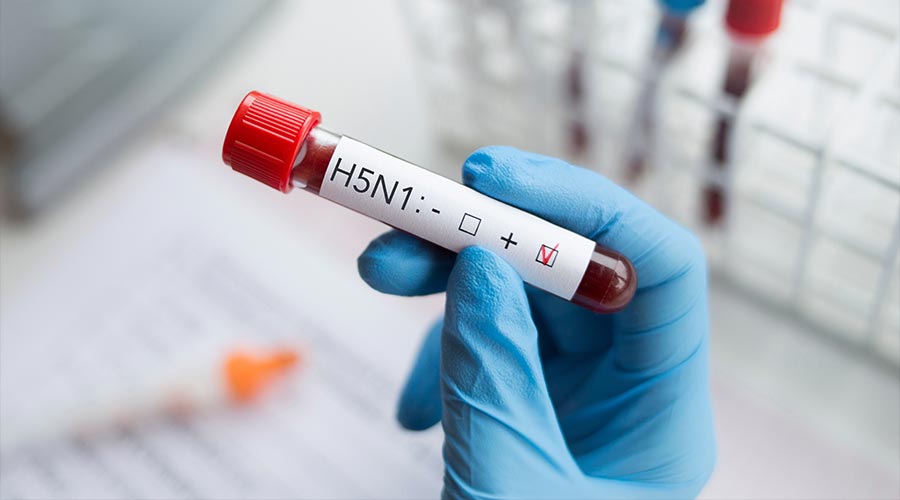
A human case of highly pathogenic avian influenza (HPAI) A(H5) (“H5 bird flu”) virus infection in the United States has been identified in the state of Colorado. This is the fourth case associated with an ongoing multistate outbreak of A(H5N1) in dairy cows and the first in Colorado. Previous cases were reported in Texas (1) and Michigan (2). As with previous cases, the person is a worker on a dairy farm where cows tested positive for A(H5N1) virus.
The person reported eye symptoms only, received oseltamivir treatment, and has recovered. Centers for Disease Control and Prevention (CDC) has been watching influenza surveillance systems closely, particularly in affected states, and there has been no sign of unusual influenza activity in people, including in syndromic surveillance.
Based on the information available at this time, this infection does not change CDC’s current H5N1 bird flu human health risk assessment for the U.S. general public, which the agency considers to be low. However, this development underscores the importance of recommended precautions in people with exposure to infected animals. People with close or prolonged, unprotected exposures to infected birds or other animals (including livestock), or to environments contaminated by infected birds or other animals, are at greater risk of infection.
CDC Recommendations
• People should avoid close, long, or unprotected exposures to sick or dead animals, including wild birds, poultry, other domesticated birds, and other wild or domesticated animals (including cows).
• People should also avoid unprotected exposures to animal poop, bedding (litter), unpasteurized (“raw”) milk, or materials that have been touched by, or close to, birds or other animals with suspected or confirmed A(H5N1) virus.
• CDC has interim recommendations for prevention, monitoring, and public health investigations of A(H5N1) virus infections in people. CDC also has updated recommendations for worker protection and use of personal protective equipment (PPE). Following these recommendations is central to reducing a person’s risk and containing the overall public health risk.

 Celebrating BSCAI's 60th Anniversary eBook
Celebrating BSCAI's 60th Anniversary eBook The Down and Dirty on Cleaning in Virus Season
The Down and Dirty on Cleaning in Virus Season How Surfactant Use is Expanding in Commercial Cleaning
How Surfactant Use is Expanding in Commercial Cleaning